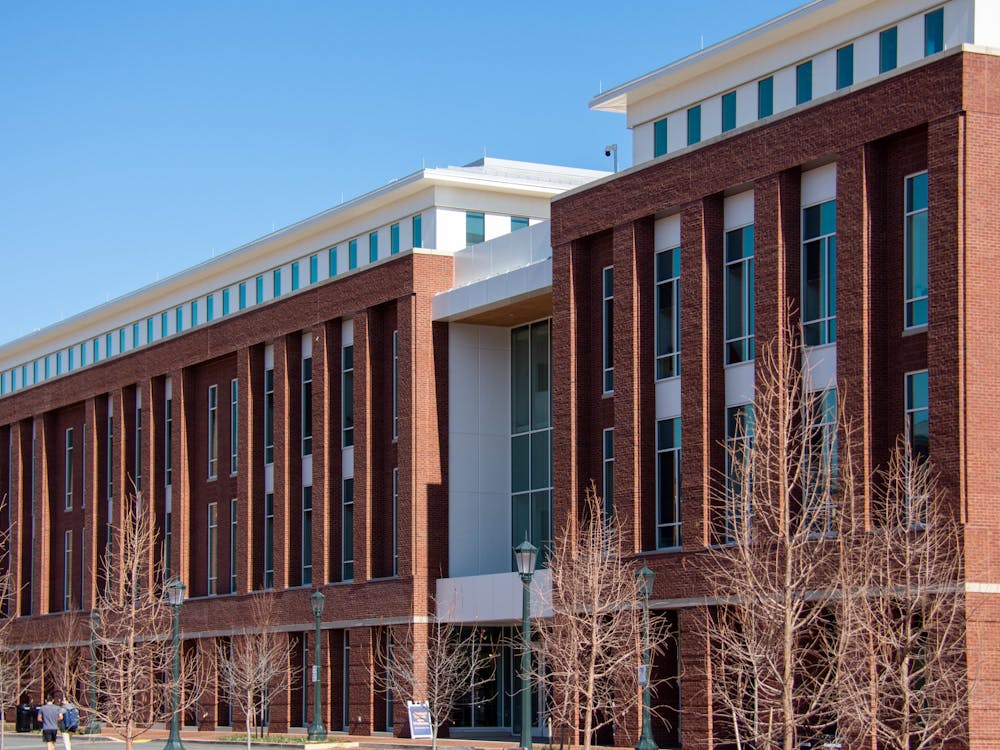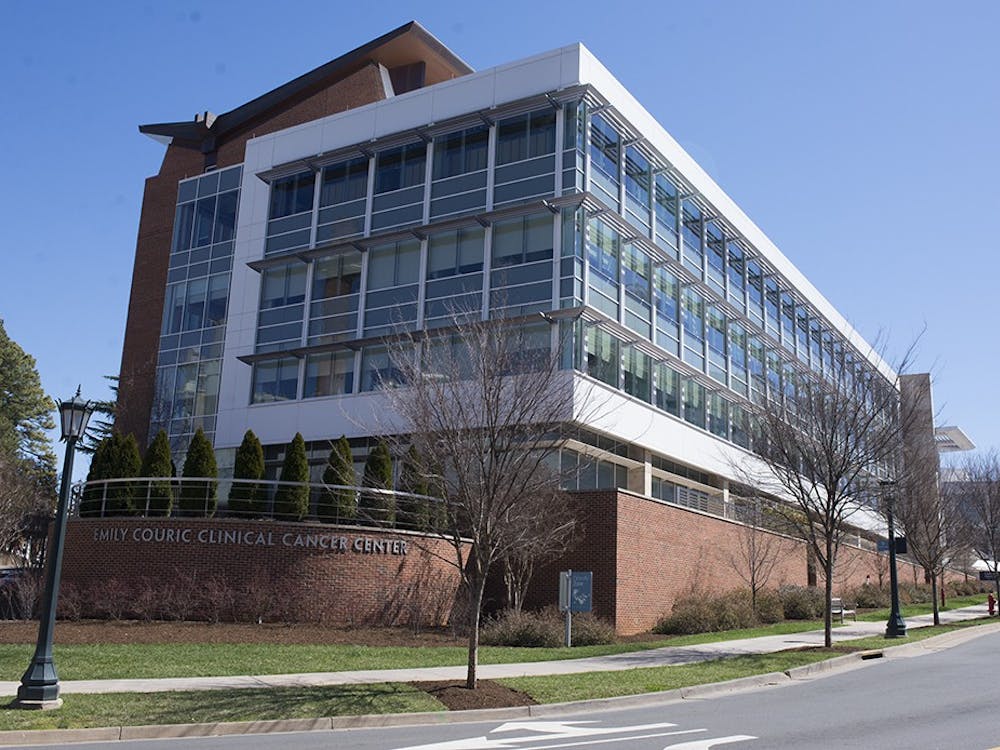His cry was hoarse, but not from overuse. From a 2-month-old baby, one comes to expect a wailing crescendo, yet one of his vocal cords was partially paralyzed, such that his throat only released a dry whimper. It served its purpose, however, and the nurse came to his aid. She returned the pacifier to his mouth and adjusted the feeding tube taped to his face and threaded through his nose, which delivered formula to his small belly. The baby had difficulty swallowing and was now unable to feed by bottle alone. The nurse pressed start on the lighted music box to his left. Captivated by the sound, he turned his gaze in that direction and stared through the white iron bars of his crib. His parents were away, but the infant was not here for mere baby-sitting. He was here because he was born with half a heart.
This is a place where an infant can get the best care in the world.
A place where the environment is climate controlled, every surface is wiped clean and trained professionals with decades of education work around the clock to supply infants like him with every possible need. This is the NICU, the neonatal intensive care unit. Like many other nurseries, this one is quiet. The lighting is soft, as are the mattresses and swaddling wraps. And yet no parent would ever want to see his child in this place.
Through recent medical advances and tireless work in the NICU, infants are now surviving conditions they previously could not. From being born four months early or without all the requisite parts, many of these children are becoming the first generation to reach adulthood.
One of the conditions these children face is called Hypoplastic Left Heart Syndrome, or HLHS.
The human heart has two main pumping chambers: the right ventricle, which receives blood from the body and pumps it to the lungs to get oxygen, and the left ventricle, which receives oxygen-rich blood from the lungs and pumps it to the body. For reasons still not fully understood, in babies with HLHS the left ventricle does not develop.\nIn utero, believe it or not, this is not a problem. Oxygen comes from the mother via the placenta as little blood flows to the lungs, and there are naturally occurring "shunts" which allow blood on the right side of the heart to flow out to the body. At birth, all of this changes - the placenta is gone, the shunts close up and without intervention, the baby dies within days.
With the use of advanced surgical techniques first pioneered more than two decades ago, however, these children are now living to adulthood.
Through a series of three open-heart operations in the first years of life, the heart anatomy is rearranged such that the single right ventricle receives oxygen-rich blood from the lungs and pumps it to the body, while, amazingly, blood from the body passively returns directly to the lungs. The oldest of the former HLHS children are now in their late twenties, a far cry from the couple days of life they used to get. The question for these kids (and many other former NICU babies) remains: how long will the chamber last?
Jeffrey Sturek, PhD, is a University MSTP student. He can be reached at jms3hk@virginia.edu






